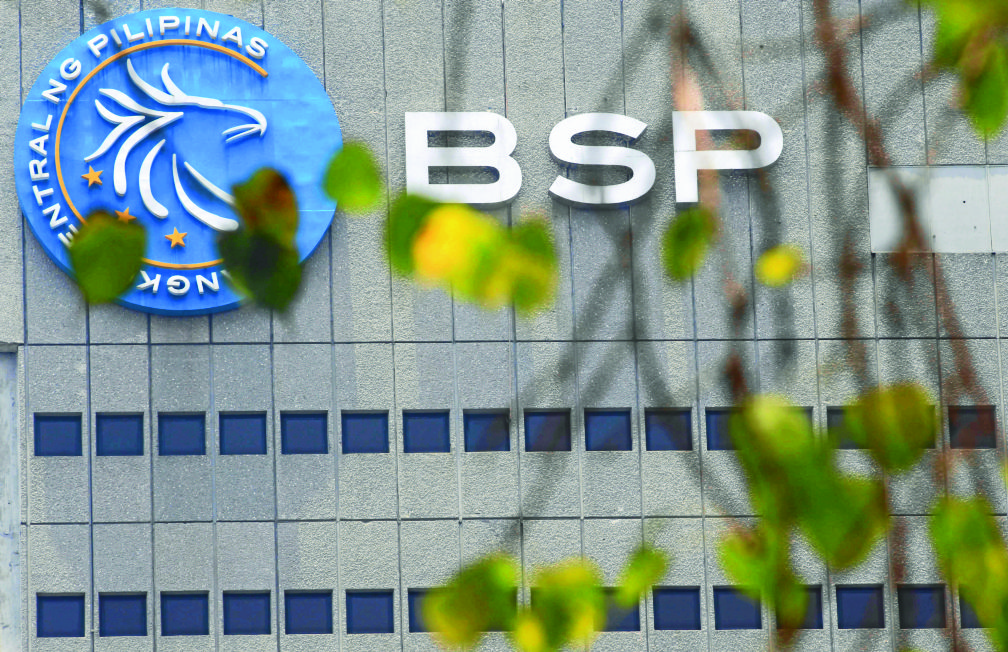Slower Q1 growth, terror attacks cause $24.35-M net outflow of hot money in May

Bangko Sentral ng Pilipinas (File photo / Philippine Daily Inquirer)
Slower-than-expected economic growth during the first quarter coupled with uncertainties brought about by developments here and abroad, including terror attacks, resulted in a $24.35-million net outflow of hot money in May, the Bangko Sentral ng Pilipinas (BSP) said Friday.
The $1.509-billion outflows of foreign portfolio investment last month exceeded the $1.485-billion inflows, reversing the net inflows of $51.49 million a month ago and $72.81 million a year ago.
The inflows last May were up 12.5 percent month-on-month but down 16.8 percent year-on-year.
The outflows, meanwhile, were up 19 percent month-on-month “due to profit taking” but down 11.8 percent year-on-year, the BSP said in a statement.
The BSP attributed the net outflow posted last May to “weak first quarter earnings of some corporations and lower-than-expected GDP [gross domestic product] data of the country for the first quarter of 2017.”
It was in May that the government reported that GDP growth eased to 6.4 percent during the first quarter, the slowest expansion since the 6.3 percent posted in the fourth quarter of 2015.
The government had blamed the lower-than-expected first-quarter GDP growth to slower government spending, higher prices of consumer goods, as well as the lack of a boost from election-related expenditures unlike last year.
Last month, almost four-fifths of the registered portfolio investment were poured into Philippine Stock Exchange-listed securities (mostly banks, food, beverage and tobacco companies, holding firms, property developers and utilities services providers), while 18.4 percent went to peso government securities and 2.5 percent to other peso debt instruments.
“Transactions in PSE-listed securities and other peso debt instruments yielded net inflows of $103 million and $35 million, respectively, while investments in peso government securities resulted in net outflows of $163 million,” the BSP said.
That month, the top five sources of hot money were Luxembourg, Malaysia, Singapore, the United Kingdom and the United States with a 76.9-percent combined share to the total.
The US remained the top destination of hot money outflows, cornering 79.2 percent of the total.
The latest BSP data showed that during the period Jan. 2 to June 2, a year-to-date net outflow of $543.79 million in foreign portfolio investment was registered as the $6.924-billion outflow was more than the $6.381-billion inflow.
The reversal of the $178.46-million net inflow a year ago was blamed by the BSP to “continued uncertainties arising from domestic and international developments, such as the US air strike against Syria, global terrorist attacks, the interest rate increase by the US Federal Reserve in March, and the closure order for several mining companies in the Philippines” last February.
For 2017, the BSP had projected portfolio investment to yield a net outflow of $900 million by yearend.
Foreign portfolio investments are in the form of placements in publicly listed shares, government and private sector IOUs, and deposit certificates.
Portfolio investments are considered short-term bets—hence the nickname hot money—because these placements may be pulled out quickly. JPV
